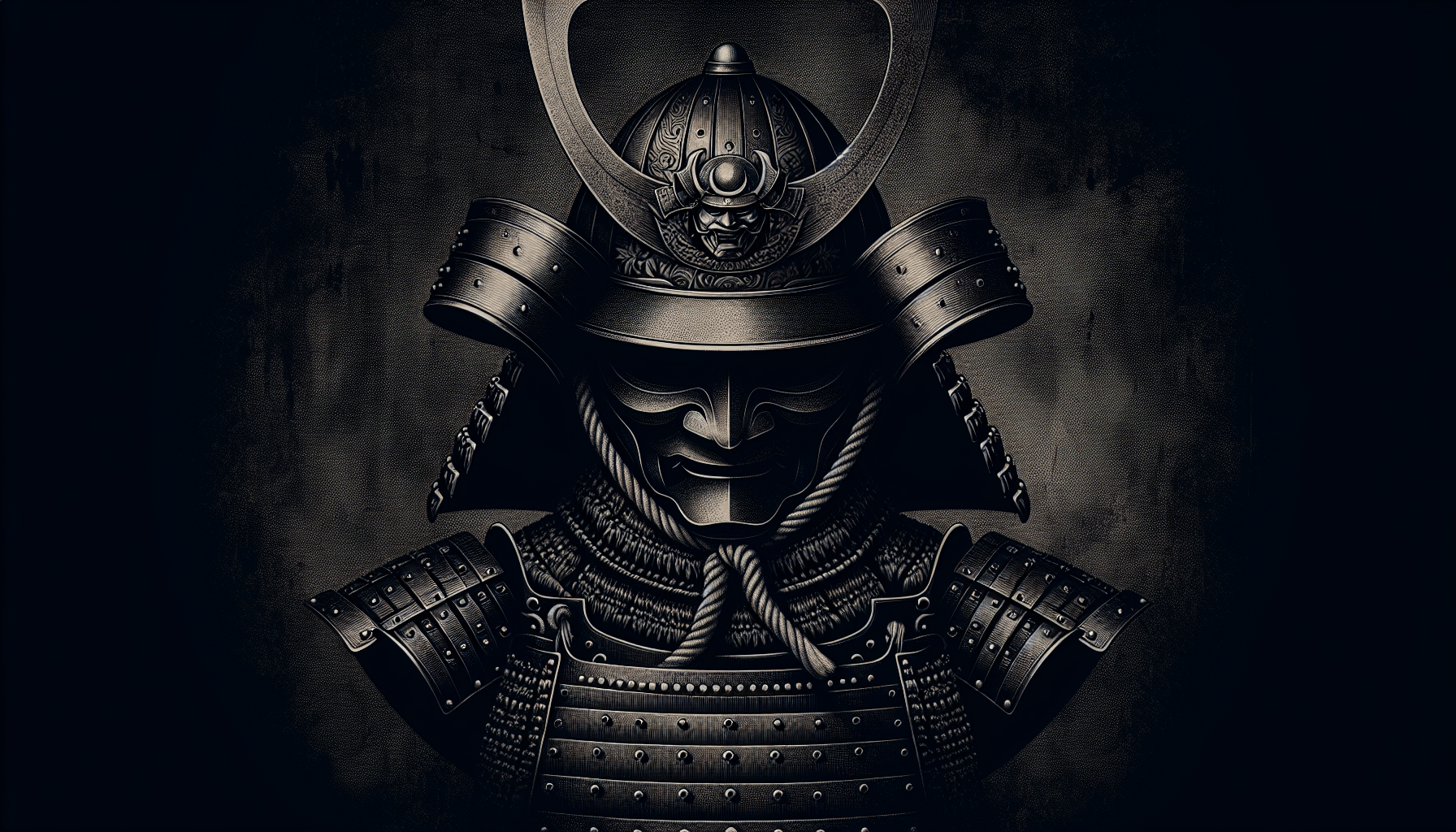
Did you ever wonder about the intricate world of samurai armor? Specifically, did all samurai wear helmets, or were there notable exceptions in their defensive gear? The samurai, known as the warrior class of feudal Japan, had a unique style of armor that evolved over centuries. Understanding their attire can offer you some insight into their cultural identity.
The Evolution of Samurai Armor
Throughout history, samurai armor underwent significant changes to adapt to various combat styles and techniques. Initially influenced by Chinese designs, samurai armor evolved into something distinctly Japanese. The development of armor was a reflection of the changing nature of warfare, as well as technological advancements in weaponry.
Early Samurai Armor
In the early phases of samurai culture, armor was primarily constructed from iron and leather. This early armor, known as “kusazuri,” consisted of small plates laced together, allowing flexibility while providing protection. Early samurai often went without helmets, as the focus was more on mobility and the ability to engage quickly in combat.
Transition to More Complex Designs
As warfare intensified, the design of armor became more complex. By the late 12th century, the “dō,” or cuirass, became a central piece of armor, designed to protect the torso. Helmets, or “kabuto,” started to gain prominence during this period, primarily for their ability to protect the head from strikes.
The Role of Helmets in Samurai Culture
You might be intrigued by why helmets were a significant part of a samurai’s gear. Helmets served a dual purpose: they provided physical protection and symbolized status and rank. The design and decoration of the kabuto varied significantly, often reflecting the wearer’s personality or clan.
Materials Used in Kabuto
Samurai helmets were crafted from various materials, including iron, leather, and sometimes even lacquered wood. The choice of material was often based on the preferences of the samurai and the era.
| Material Type | Characteristics | Notes |
|---|---|---|
| Iron | Strong, durable, and capable of deflecting weapons | Heavier than other materials |
| Leather | Flexible, lightweight but less protective | Favored during the early samurai period |
| Lacquered Wood | Light but often used more for decoration | Common in ceremonial and later helmets |
Types of Kabuto
Kabuto came in various types, each serving specific purposes. Here are a few notable ones:
- Nari Kabuto: Characterized by its rounded shape, often adorned with crests or elaborate designs, and frequently utilized in ceremonies.
- Tachi Kabuto: A simpler, more functional helmet used in battle, offering robust protection without elaborate decoration.
- Basinet Style: A more European influence seen in the later periods, combining practicality with aesthetic appeal.
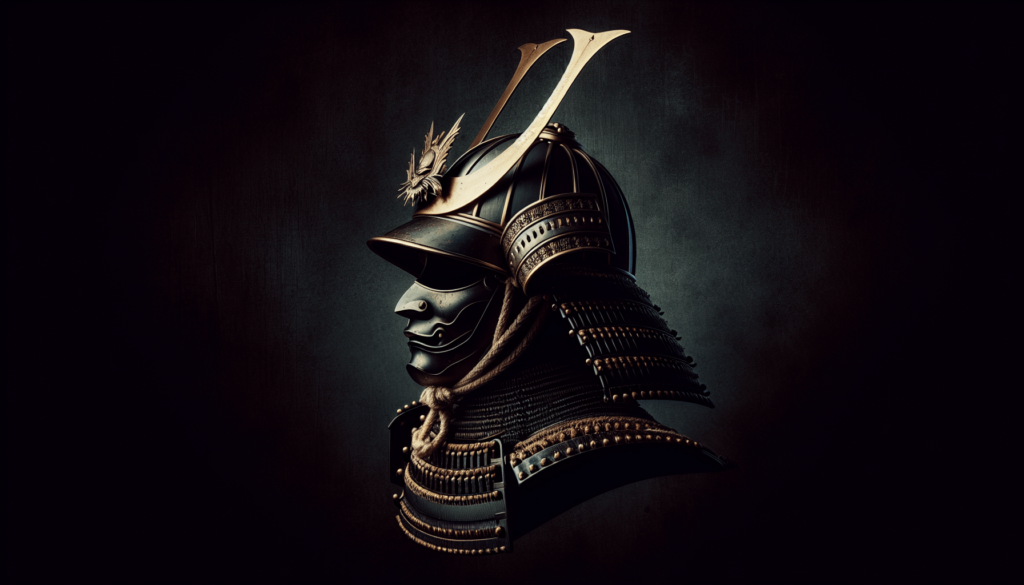
Were There Exceptions?
Now, while many samurai did wear helmets, there were indeed exceptions. Various factors influenced whether a samurai donned a kabuto during battle.
Environmental Factors
The environment could dictate whether a samurai would wear a helmet. For example, in scenarios where mobility and speed were critical, such as on horseback or in dense terrain, helmets might have been deemed cumbersome.
Specific Samurai Roles
Not all samurai functioned as frontline fighters. Some served in roles that didn’t necessitate wearing a helmet at all. For instance:
- Strategists and Commanders: In many cases, high-ranking samurai focused on directing warfare rather than engaging physically. They might forego the helmet to symbolize this distinction.
- Ambassadors and Diplomats: Samurai on diplomatic missions often wore simpler, less combative attire, sometimes without helmets, to convey a message of peace.
Cultural Traditions
Cultural practices played a role as well. Some samurai participated in ceremonial events where armor was worn for display rather than for battle protection. In such cases, helmets were often optional, depending on tradition.
Factors Influencing the Wearing of Helmets
There are various factors that contributed to whether a samurai would wear a kabuto or not. Let’s break this down further.
Combat Style
The nature of the combat itself could influence the decision to wear a helmet. Samurai were trained in various forms of martial arts, and certain styles, particularly those focused on speed and agility, might have led warriors to skip the helmet to maintain mobility.
Psychological Warfare
Sometimes, samurai relied on psychological tactics to instill fear in their opponents. A helmet might hide a samurai’s face, making it harder for enemies to perceive their expression, which could impact strategy during battle.
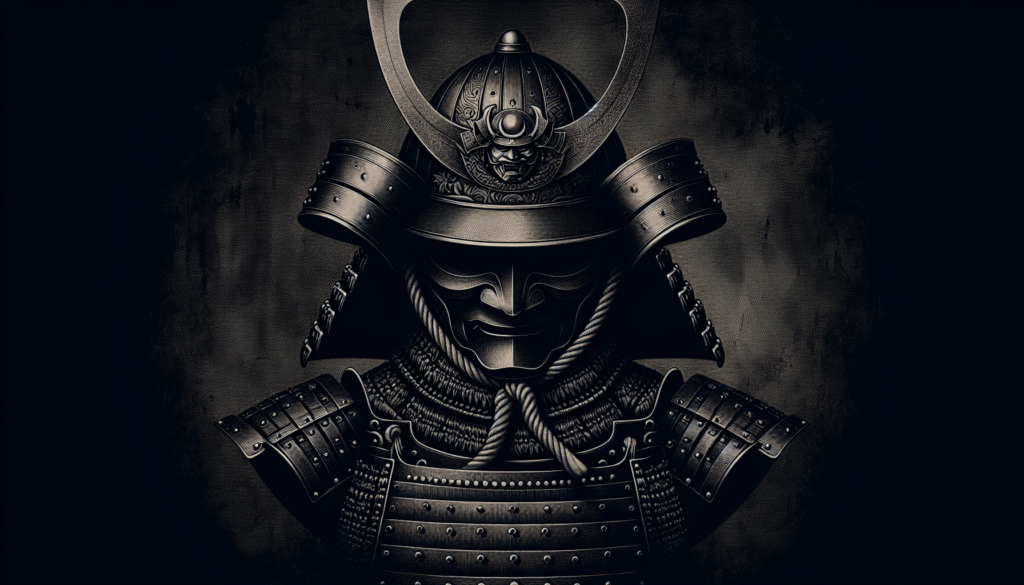
Importance of Rank and Status
Your samurai’s rank played a significant role in determining whether they wore a helmet.
High-Ranking Samurai
Higher-ranking samurai often sported elaborate helmets adorned with precious metals and intricate designs. This not only provided protection but also signified their elevated status on the battlefield. In many cases, you might even find a family crest embedded in the helmet, showcasing the lineage and valor of the wearer.
Low-Ranking Samurai
Conversely, lower-ranking samurai might have opted for simpler helmets or forwent wearing them altogether. Their focus was more on functionality than display—sacrificing elaborate designs for practicality.
The Transition into Edo Period
As Japan entered the Edo period (1603-1868), the role of the samurai began to shift dramatically. With relative peace established, the samurai’s function transitioned from warrior to bureaucrat.
Armor in Peacetime
During peacetime, many samurai adopted a more casual style. The armor became less a necessity and more a sign of status. Helmets might not be worn as frequently in daily life; decorative purposes took precedence over functionality.
Ceremonial Usage
In the Edo period, samurai would often don helmets for ceremonial occasions, such as festivals or parades, showcasing the exquisite craftsmanship that had evolved over the years.
Modern Interpretations of Samurai Armor
Today, the samurai’s image and their armor continue to evoke fascination. Many martial arts schools incorporate elements of traditional armor in their practices, creating a connection between past and present.
Samurai in Popular Culture
Films, literature, and video games also portray samurai in various lights, often emphasizing either their combat skills or their spiritual philosophies. The depiction of armor varies, with helmets being a focal point in many adaptations.
Conclusion
So, did all samurai wear helmets? As we discovered, while helmets were commonly worn, there were several exceptions based on environmental factors, roles within a battle, cultural traditions, and the social hierarchy among samurai.
Understanding these nuances allows for a deeper appreciation of samurai culture and the complexities within their armor. Whether engaging in battle or performing ceremonial duties, the choices surrounding their attire tell a story of their identities, values, and the world they navigated.
As a parting thought, consider how these historical practices continue to influence modern depictions of martial warriors and the ways in which we can connect with the past. The samurai legacy lives on, reminding us of the intricate fabric of history and culture that shapes our understanding of honor and discipline today.



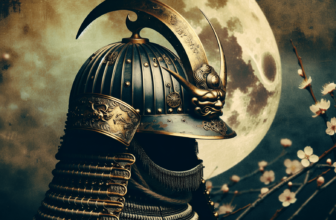
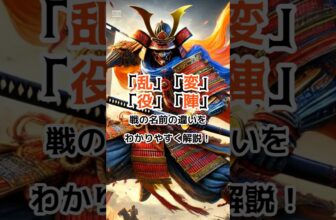
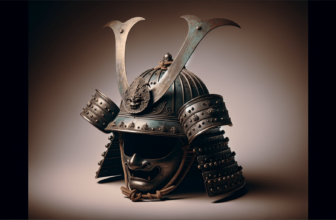
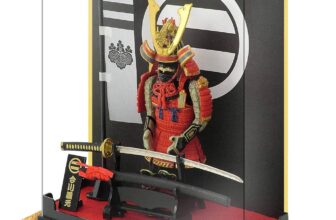

[…] pastime around the globe. Thus, whether you’re crafting a delicate crane or an elaborate samurai helmet, origami is rooted in a rich history that celebrates skill, patience, and […]